The Opera, 2166 Broadway: Review and Ratings
between West 76th Street & West 77th Street View Full Building Profile
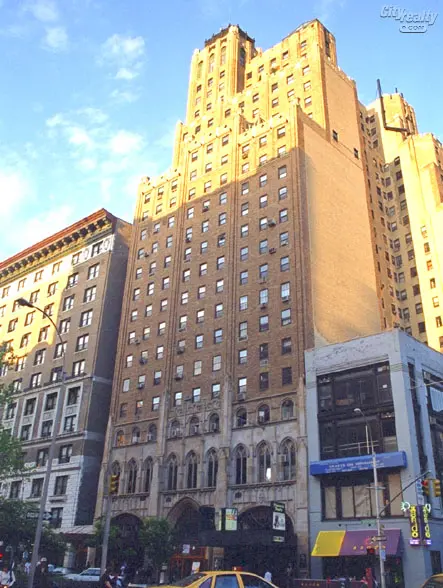

This 24-story, mid-block, mixed-use tower between 76th and 77th Streets at 2166 Broadway is a major component of the Upper West Side skyline.
It was designed by Tilion & Tilion and completed in 1930.
In a September 22, 2002 article in The New York Times, Christoper Gray recounted the building's fascinating history:
"Things looked bright in 1927 for the Manhattan Congregational Church when its pastor, the Rev. Edward H. Emmet, announced plans for a new sanctuary below a 600-room skyscraper hotel at Broadway and 76th Street. The plans were realized, but within a decade Emmett had been fired, the congregation disbanded and the building auctioned for a tenth of its original $2.1 million cost."
The church had been organized in the 1890s and, according to Mr. Gray, it had built in 1901 "a broad, lacy, Parisian-style house of worship" on the site designed by Stoughton & Stoughton, the architects of the Soldiers' and Sailors' Monument on Riverside Drive.
"Emmet said that the building would offer rooms to tenants 'who are in accord with the high principles for which a church stands' and that it would lease only to stores that agreed to close on Sundays. The hotel would be operated by a separate company, Manhattan Towers Inc., which would pay the church $20,000 a year in rent....The architects...trimmed the upper stories with Gothic-style details, put a large cross atop the tower and developed an elaborate neo-Gothic screen at the lower floors, centered on the church s main entrance. The hotel, named Manhattan Towers, had 626 rooms on the upper floors, with a lounge, coffee shop, grill room, card room and barber shop, and a dance floor in the basement. The church...had a three-story-high sanctuary seating 550 people, with huge sweeping arches and Gothic-style decoration....
"By 1931, Manhattan Towers Inc. had gone out of business and the building was in receivership....In April the church filed suit in State Supreme Court saying that Emmett had been misappropriating church funds since 1928 and had continually evaded process servers who sought to present him a summons regarding the suit; he lived on the premises....Adelaide Doane, chairman of the church's board, said that Emmett had conspired with a new owner of the building, the Commonwealth Bond Corporation, to lock the congregation out, perhaps because he had been secretly fired by the church's trustees early in the year....A few days before Christmas the building was sold at auction for $200,000....An evangelist took over the sanctuary space on a short-term basis...and the Manhattan Congregational Church was dissolved a few years later. At some later point much of the lacy Gothic-style ornament over the entrance was removed.
"In 1938 the building was put up for auction but drew no bids, and in 1943 the city took it over for back taxes of $420,000. The next year 200 Waves moved into rooms on five floors, and the building was used for Navy housing until 1946.
"Emmett had remained in New York City, and early in 1949 he suggested tearing down the White House in Washington and selling fragments as souvenirs, to raise $4 million to build an entirely new residence for President Harry S. Truman. Emmett died later that year.
"By 1973 the building was an S.R.O. [single-room-occupancy hotel], with many residents welfare recipients. The next year a new owner evicted two-thirds of the occupants and changed the name to the Hotel Opera after a $1 million alteration that created about 110 units. The building, now called the Opera Apartments, became a co-op around 1980. The Promenade, an Off Broadway theater, now occupies most of the cold church sanctuary."
In recent years, the Upper West Side regained its popular with the building of some super luxury towers such as the Time Warner Center and 15 Central Park West and the extension to the south of Riverside Park by Donald Trump and then Extell Development and "luxury apartment" development around the Lincoln Center for the Performing Arts by Millennium Partners and the Brodsky Organization.
As a result, older buildings such as this become much more desirable especially because of their proximity to Zabar's on Broadway at 80th Street.
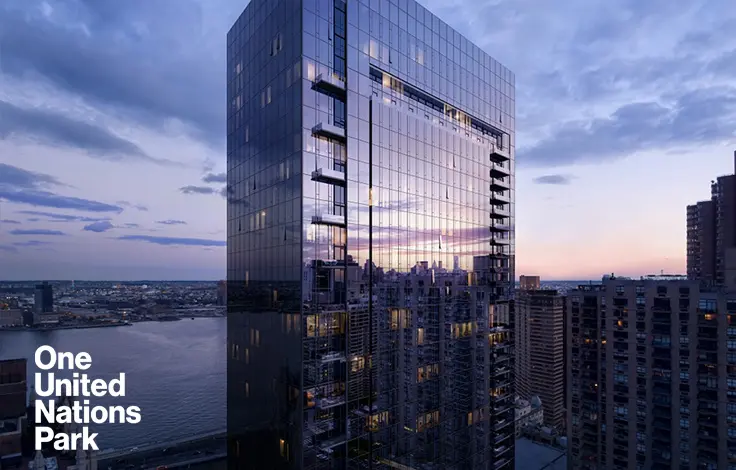
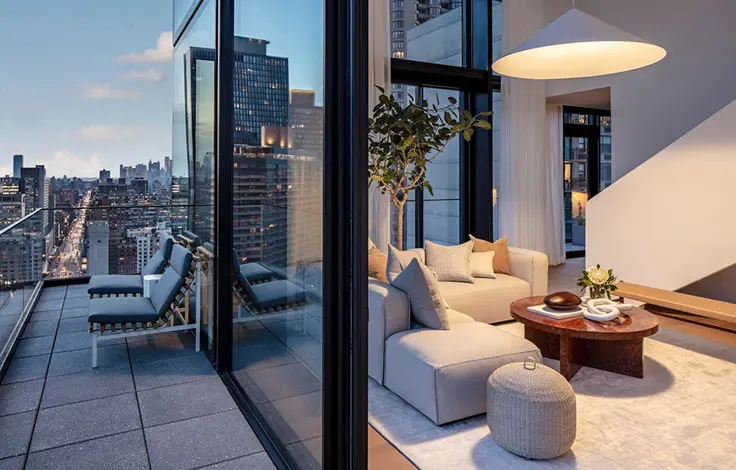
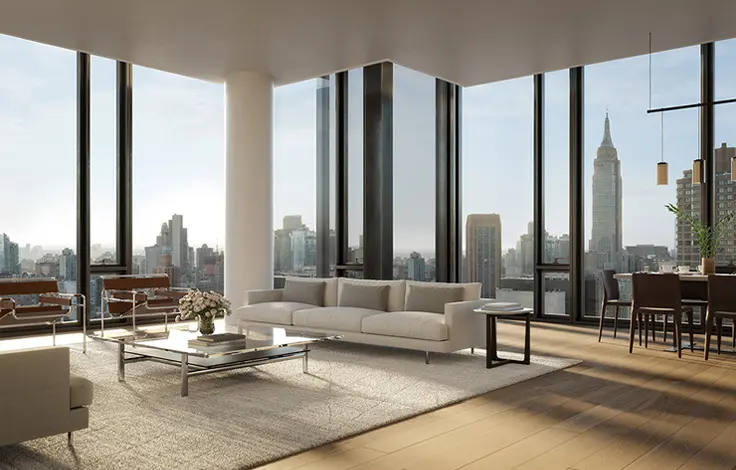

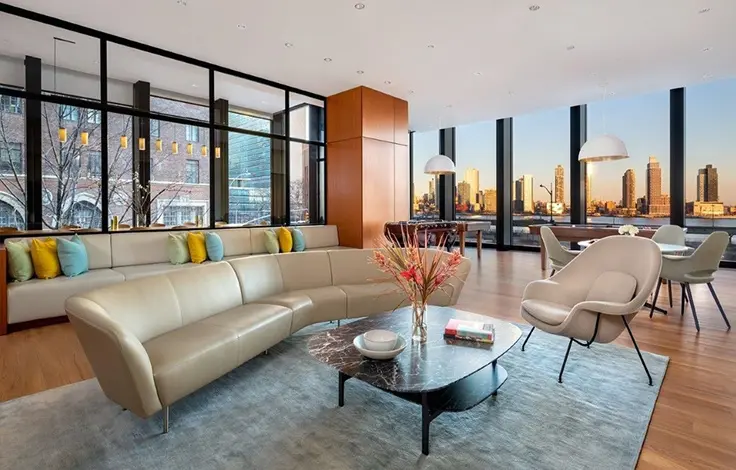
 6sqft delivers the latest on real estate, architecture, and design, straight from New York City.
6sqft delivers the latest on real estate, architecture, and design, straight from New York City.
